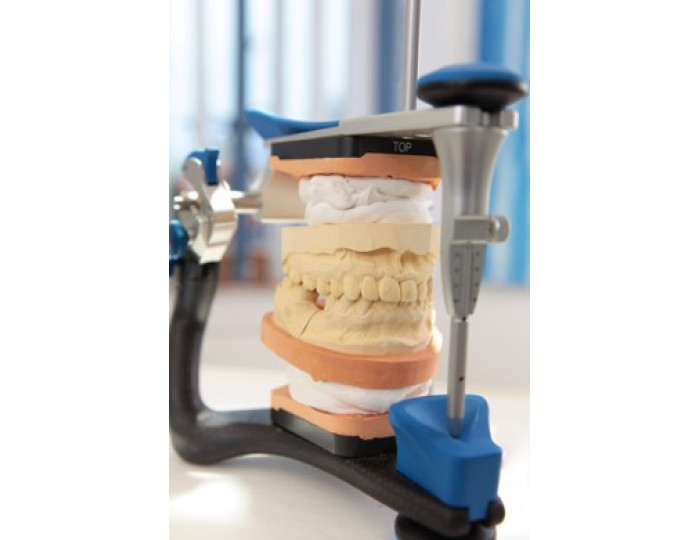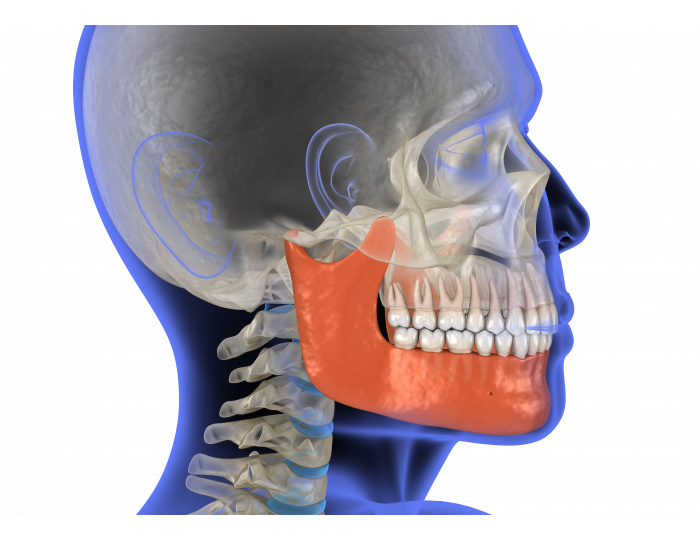What are the benefits of Virtual Surgical Planning?
Virtual surgical planning (VSP) has evolved into a useful tool for many surgeries. Some of the benefits of VSP are listed below-
For Orthodontists
Orthodontists no longer have to
perform tedious pre-surgical procedures via traditional articulator method
using expensive semi/fully adjustable articulators and face bow transfers,
which has a high probability of errors.
They can now perform more accurate analysis of dentofacial deformity and pre-operative planning leading to safer surgeries.
Also, since all the records are digitally available - both 2D and 3D, they can plan the surgeries far quicker compared to traditional methods.
With VSP, with
just the DICOM files, OPG and lateral-cephalogram can be generated without the
need of taking those separately.
VSP also allows the orthodontist to have accurate quantitative analysis of various deformities. Occlusion contact points can be visualized prior to the surgery making it easier for the Orthodontist to plan the braces treatment that is to be done post surgery.
Using
VSP, the Orthodontist
can now show the patient and the family what
is the procedure that has to be performed,
including how it changes the patient’s appearance. Hence, the post surgery profile outcome prediction significantly
aids patient communication and education.
For Oral & Maxillofacial Surgeons
For Oral and Maxillofacial Surgeons, VSP is the ground where
they can perform multiple mock surgeries and finalize the best treatment plan.
Repetitive virtual surgery for the best possible results in problematic
cases can minimize surgical errors and can allow the surgeon to accurately
reproduce the surgical plan.
Virtual
Surgical Planning also allows surgeons to anticipate potential intraoperative
problems and reduce complications during actual surgery. It allows the surgeon to perform
minimally invasive surgeries as it follows the osteotomy line nearly the same as in a real
intraoperative osteotomy.
As it enables three-dimensional imaging, the Surgeon can now establish necessary osteotomy planes preoperatively and assess different surgical scenarios.
They can carry out comprehensive evaluation of the anatomical structures
of the surgical field.
In cases of asymmetric patients, VSP can be used to diagnose
pre-surgical problems
and can predict the post operative 3D position of osteotomized segments.
With VSP, it is possible to perform virtual segmentation of the maxilla
or mandible and repositioning of the osteotomized segment. This enables precise
mobilization of the horizontal, vertical, and transverse direction segments
with six degrees of freedom according to the planned movements.
Lastly, the time taken to perform a surgery based on a
virtual plan is significantly lesser than under a conventional plan with the
aid of surgical splints and guides.
For Patients
VSP allows patients to view the post-surgical profile prediction
superimposed on their face prior to the surgery, allowing them to decide whether to go ahead with the surgery, which
was not possible earlier.
Further, VSP aids quicker surgeries, where patients spend less time in the operating theater, resulting in not only significant cost savings but they also end up spending lesser time under General Anesthesia leading to faster recovery.




-700x540.png)